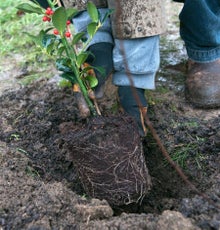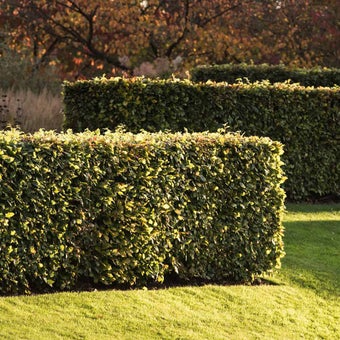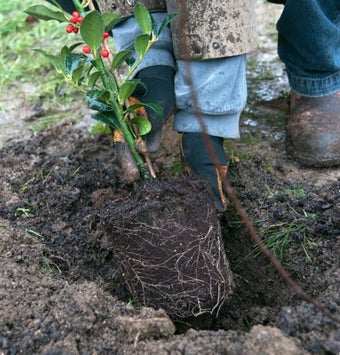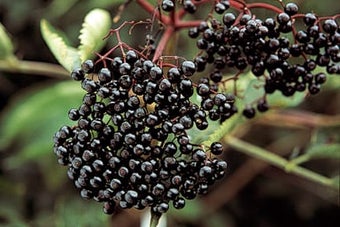
Quick facts
Woody places wildlife finds a home;
Connected hedges give hedgehogs safe passage
Hedges not far from bird feeders are cover for sparrows
A hedge base is home to mice and voles and a favoured nesting site for some bumblebees
Conifer and evergreen hedges can be good for spiders and insects (and their predators)
A mini woodland edge supports blackbirds, robins and woodpeckers
Hedges
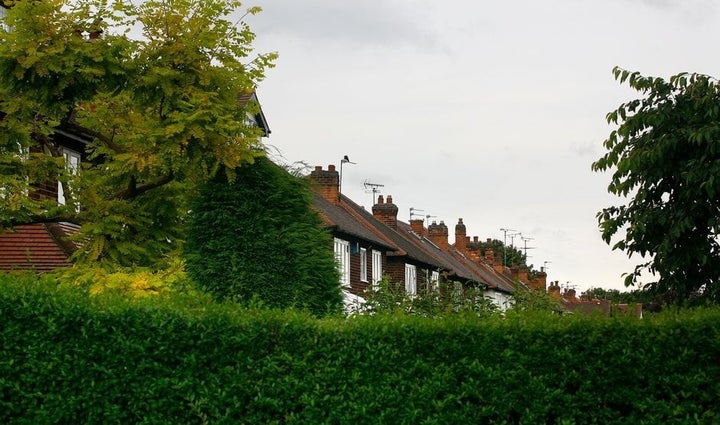
Fences can be improved if clothed with climbing plants or wall shrubs but living boundaries, such as hedges, are of greatest value to wildlife. Although hedges need trimming to keep from overhanging footpaths, they are not as high maintenance as some people think – indeed, a fence is likely to need regular painting or replacing when rotten so in the long term a hedge could be a better investment. As well as wildlife benefit, a hedge has other positive impacts on the garden by sheltering it from strong winds (more effective than a solid barrier such as a fence) and filtering dust and pollution from busy streets. Read the latest RHS research on how hedges can help us meet urban challenges.
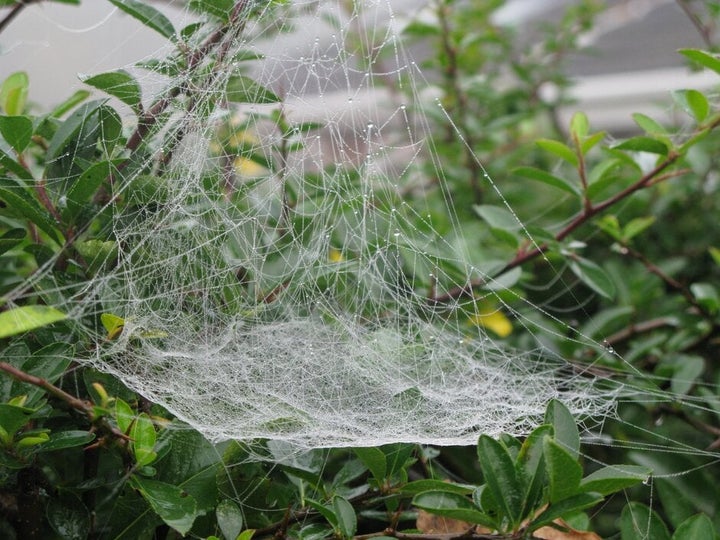
Hedges harbour spiders, leafhoppers, plant bugs, lacewings, ladybirds and much, much more. They provide important shelter and protection, particularly for nesting birds and overwintering invertebrates. Depending on the choice of hedge they deliver multiple resources; leaves for moth caterpillars and sawfly larvae, pollen- and nectar-rich flowers for bees and hoverflies, hips and berries, fruits and nuts. The leaf litter at the base of a typical hedge is a good hideout for mice and voles, hedgehogs hunting tasty worms and beetles, and ground-nesting bumblebees. By forming natural windbreaks, hedges help form microclimates in the garden which is particularly important for butterflies and small insects that can be buffeted in an exposed site.
Put woody prunings to good use by making a ‘dead hedge’. Read more on our page on dead wood habitats.
Top Tip
If your garden is bordered by fences, work with neighbours to make holes in the base so hedgehogs can roam freely from garden to garden.
Planting
Plant bare-rooted plants between November and March, but avoid waterlogged or frozen soil. Keep the plants watered and weeded in the first spring and summer.
Learn more about how to nurture your hedge with our RHS guide to hedge planting.

Trimming
Trim berrying hedges such as hawthorn, holly and privet every other year to allow them to flower and fruit in alternate years. Hedges should not be pruned until late winter or early spring so that wildlife can take advantage of the insects and fruits provided during the winter months. To protect birds, hedges should not be trimmed in the nesting season from March to August.
Don’t be too hasty to remove ivy from a mature hedge. Ivy is particularly beneficial for nesting birds and it flowers in the autumn when few other nectar sources are available to insects. Ivy doesn’t harm a hedge but will take advantage if a hedge is weak and sparse.
Follow our tips with the RHS Guide to hedge trimming.
Suggested plants
Native hawthorn, field maple, blackthorn, beech, hornbeam and holly make an ideal mixture of hedging plants and growing rambling plants such as wild rose, bramble, old man's beard (Clematis vitalba) and honeysuckle through them provides more shelter and food for wildlife. See our top picks for a native hedge.
Non-native plants such as hebe, escallonia and pyracantha also have lots of wildlife benefits so it’s really about selecting a hedge that’s right for you. Below are some of our favourites.
Hebe ‘Red Edge’ (hebe)
Rosa rubiginosa(eglantine rose, sweet briar)
Rosa canina(dog rose)
Prunus laurocerasus(cherry laurel)
Crataegus monogyna(hawthorn)
Pyracantha (firethorn)
Viburnum lantana(wayfaring tree)
Woodland edges

If you’ve ever been out for a woodland walk, you might have noticed how the number of flowers and plants often increases within woodland glades or where the wood meets a field or open countryside. This is because it is at the woodland edge where greater availability of light supports a more diverse range of plants. And where there are more plants, there is more diverse wildlife.
Even if your garden doesn’t border a wood, you can create a similar habitat to a woodland edge with a strip of garden just a couple of metres wide, planting it with a mix of trees and understorey plants. Butterflies such as brimstones and speckled woods can be expected, as can many birds already familiar to gardeners such as blackbirds, robins and blackcaps. Below the taller plants will be spaces for frogs and toads to overwinter and hedgehogs to pass.
Layer planting
Construct your woodland edge by using planting of different heights, placing the taller trees towards the centre of the strip and underplanting in cascading layers. This method allows good light in to the plants and lets wildlife make use of the refuge while watching out for predators such as sparrow hawks which might patrol a garden.
- Upper layer. Few gardens have space for large oaks and chestnuts but smaller trees such as birch, rowan, holly, flowering cherry, crab apple and hawthorn offer seeds and berries as well as a place for lichens and mosses to establish.
- Climbers. Once the upper layer is well established, grow climbers such as ivy and honeysuckle at the base of the trees so they can scramble into the canopy and create an extra dimension for wildlife.
- Understorey. Make up the layer below the tree canopy with a mix of shrubs. Among those rich in food for wildlife are elder, butcher’s broom, mahonia, Sarcococca and dogwoods.
- Woodland edge floor. At the base and particularly along the edges, introduce herbaceous plants and bulbs to attract bees, butterflies and other insects. Use spring-flowering plants such as wood anemones, snowdrops, primroses and bluebells to take advantage of the light getting to the lower plants before the shrubs and trees leaf up. Then add in ground cover plants that enjoy dappled shade and offer protection for smaller animals – deadnettle, pulmonaria and hellebore, for instance.
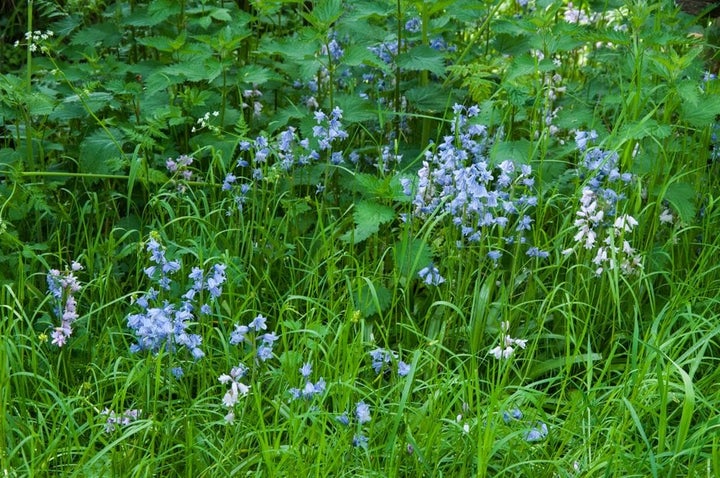
Enhancing the habitat
It will take many years before trees develop natural nesting cavities so put up some nest boxes. A range of box sizes and entry apertures will encourage tits, robins, flycatchers and other birds to nest. Secure owl and bat boxes too to trees once their trunks are of a sturdy size.
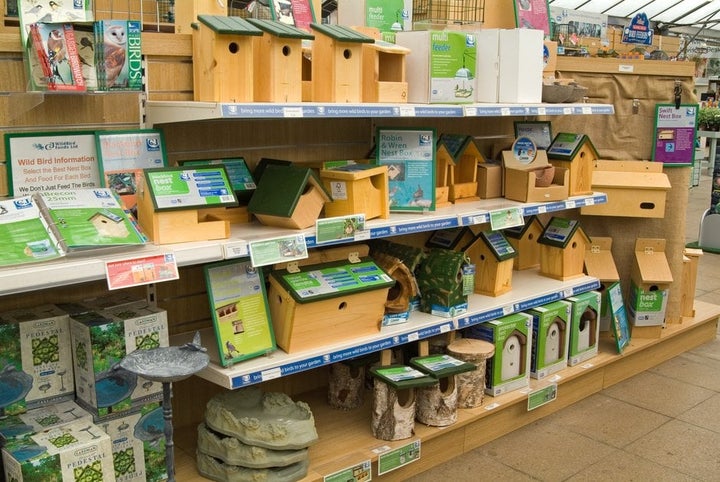
Stack fallen wood and prunings in piles and leave some leaves to rot down to maximise the benefits for small mammals, amphibians, ground beetles and other invertebrates. If you have a mountain of leaves in autumn, use the surplus to make leafmould by collecting them up and stashing in wire mesh bins. A year later you will have a lovely supply of mulch.
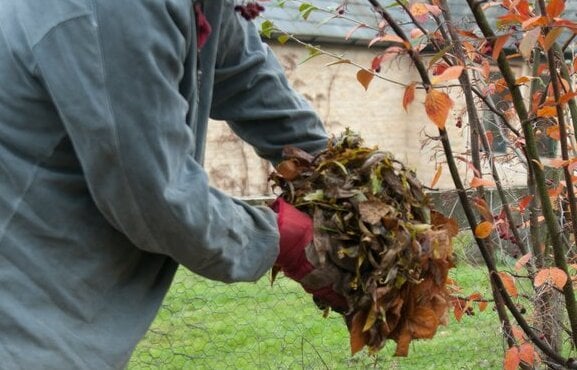
A traditional woodland practice involves coppicing, where every few years, all stems are cut back to just above the ground. This keeps the canopy open providing habitat for a wide range of wildlife including the hazel dormouse (largely restricted to southern England). Ash, elder, hazel, birch and oak all make suitable candidates.
Suggested plants
If you have woods near to where you live, take a look to see which plants are growing in them. You may find some inspiration for your woodland edge. Here are some ideas to get you started;
Helleborus foetidus(stinking hellebore)
Stachys officinalis(betony)
Anemone nemorosa(wood anemone)
Ajuga reptans(bugle)
Digitalis purpurea(foxglove)
Silene dioica(red campion)
Hyacinthoides non-scripta(English bluebell)
Primula vulgaris(primrose)
